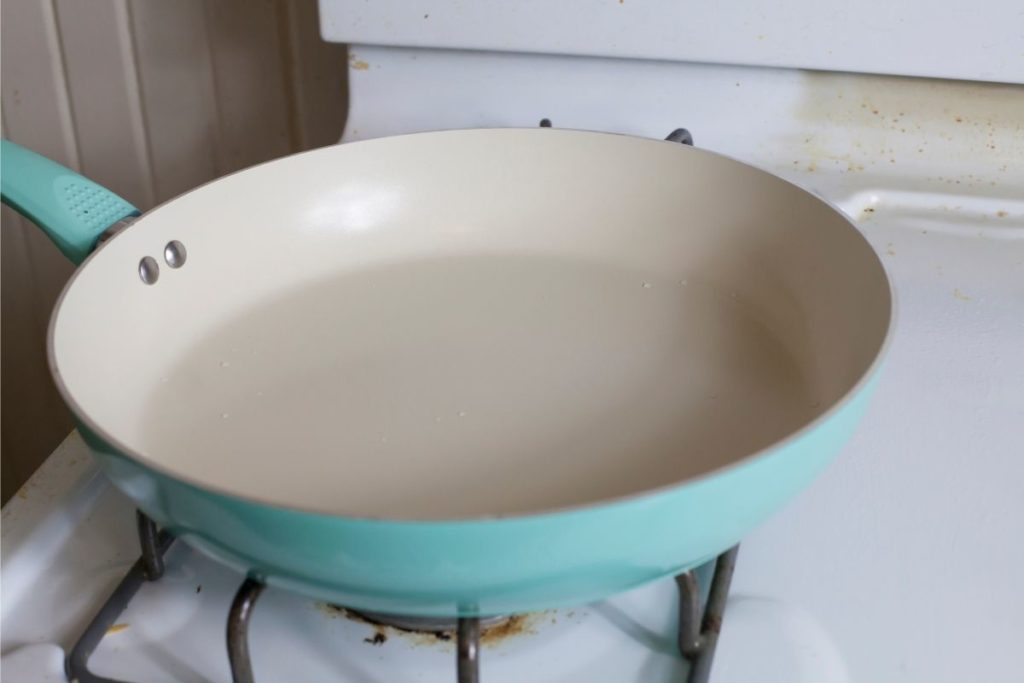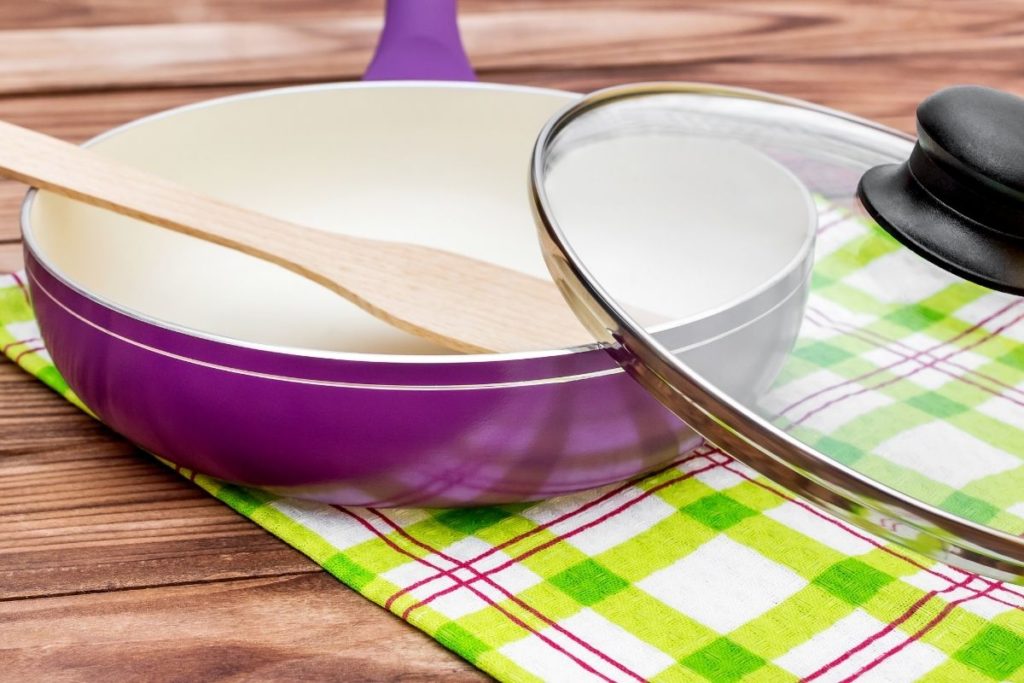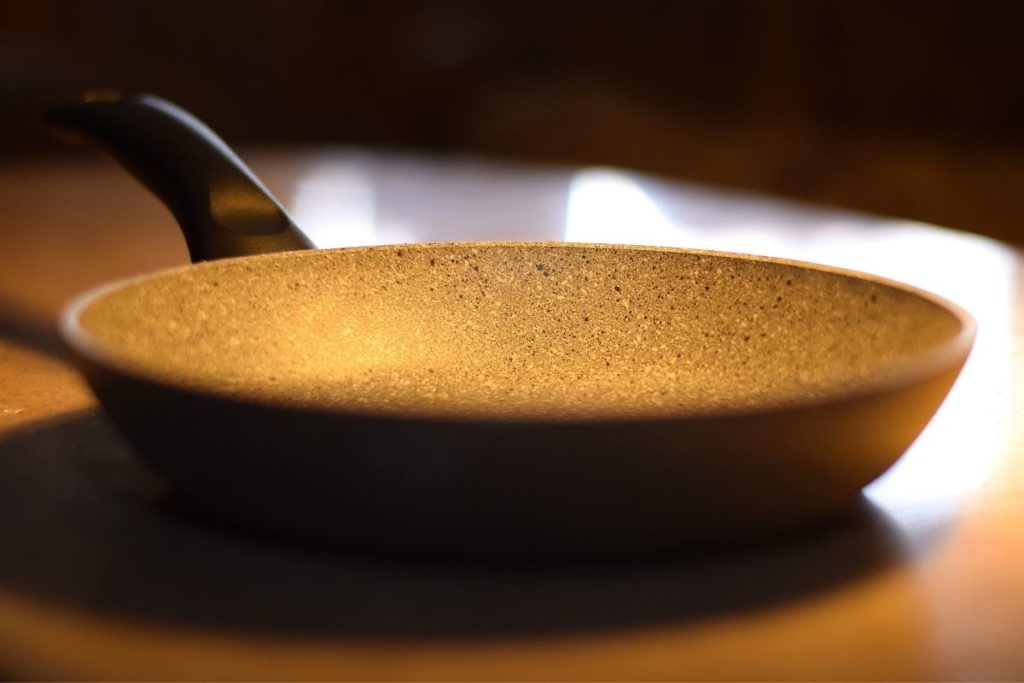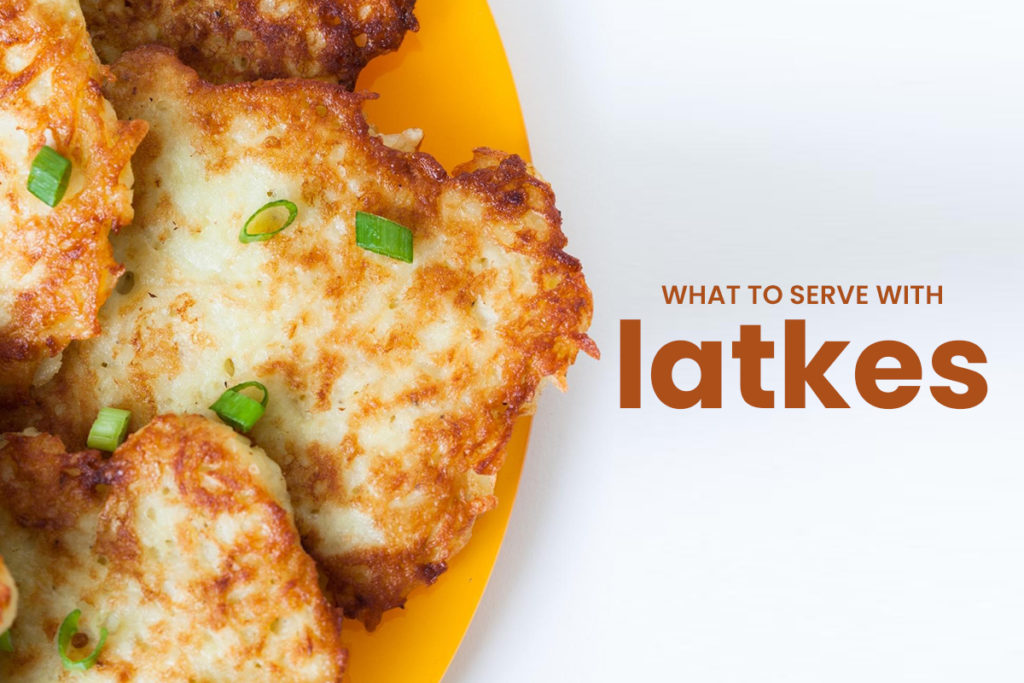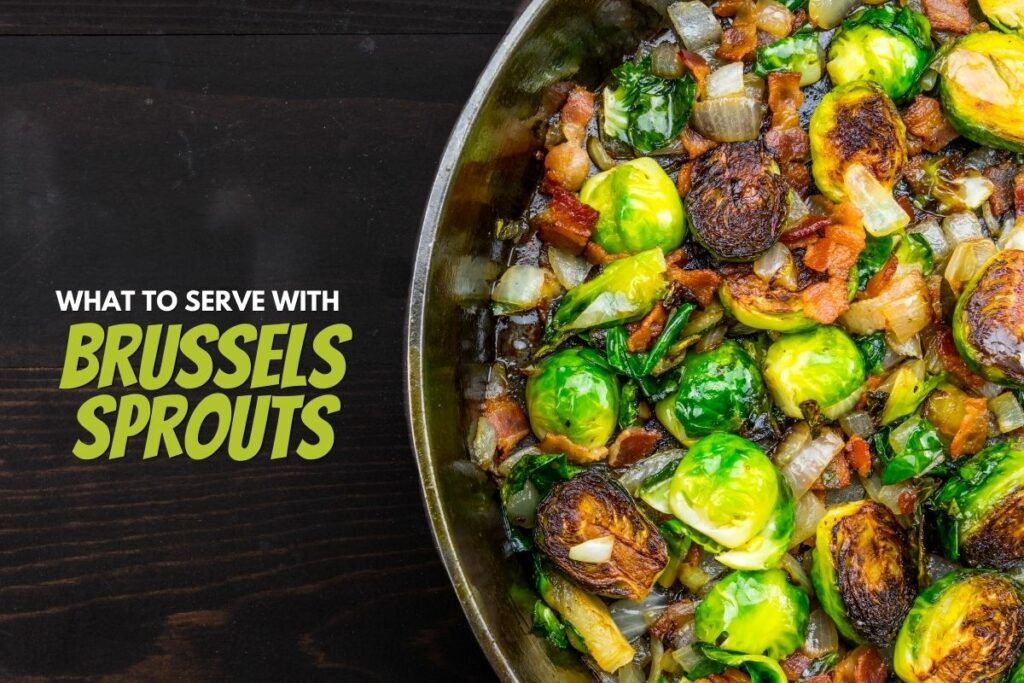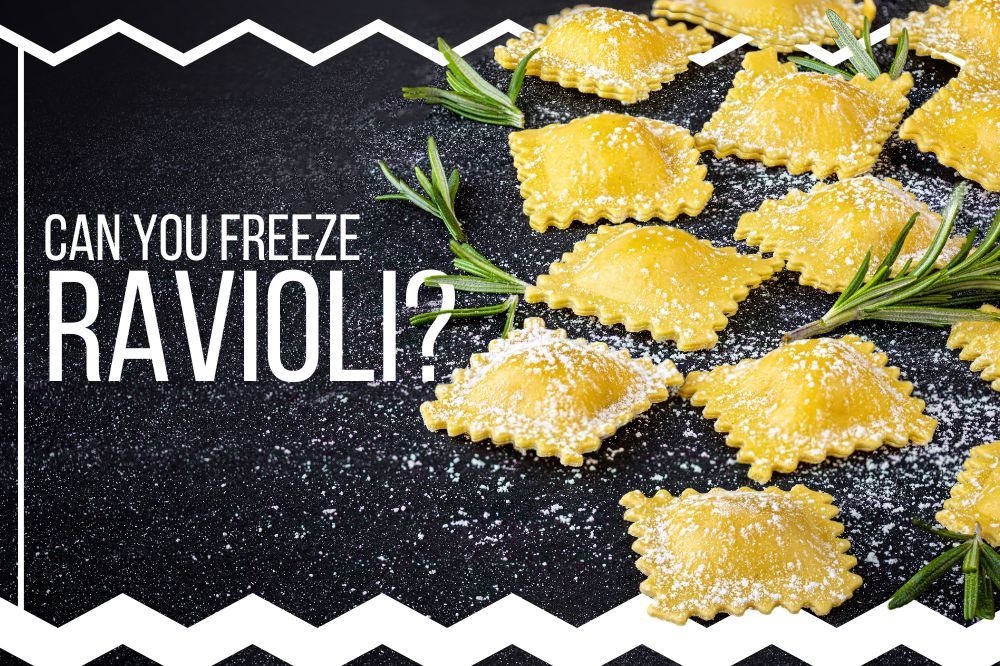How to Season a Ceramic Pan (Step-by-Step) (Updated 2024)
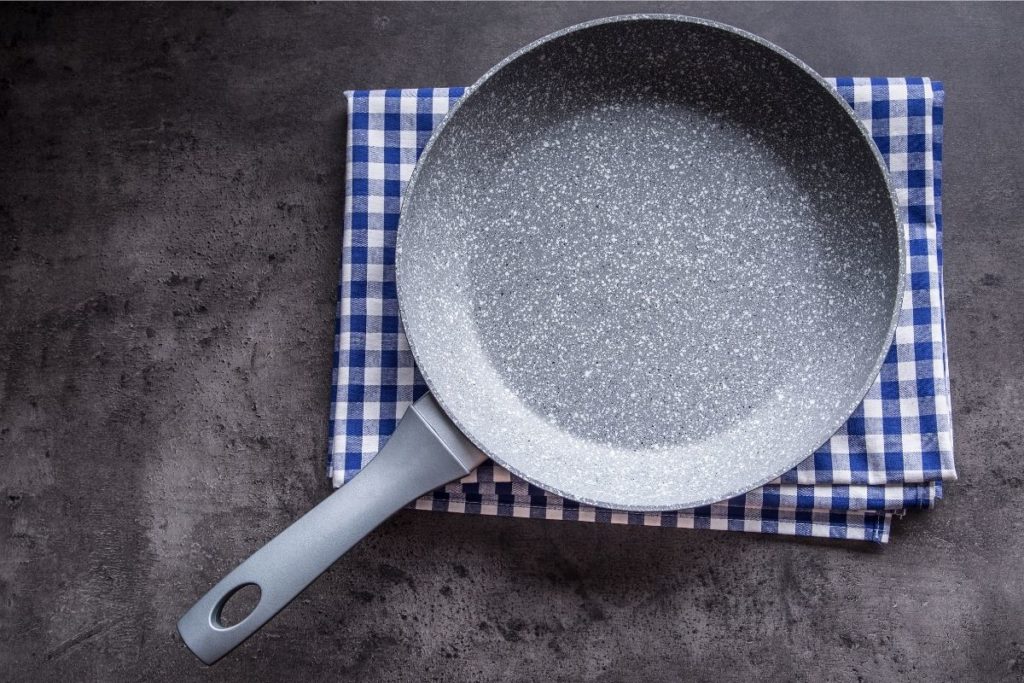
Want to learn how to season a ceramic pan? Stick around as we walk you through the steps…
Learning your way around the kitchen can be quite overwhelming, especially with so many types of cookware available on the market.
Ceramic cookware stands among the most popular types of cookware you will come across.
Ceramic pans have quite a reputation in the industry and for good reason.
Apart from their excellent non-stick properties, they can withstand high heat and promote even cooking.
Unlike traditional nonstick pans, they have a very slick and glossy surface.
While you have surely heard of seasoning cast iron pans, you may not have heard of seasoning a ceramic pan.
However, you should actually perform this vital step regularly to maintain the optimal performance of your pans.
How to Season a Ceramic Pan
Seasoning a ceramic pan requires several steps, so stay patient while going about this.
Proper seasoning will ensure your ceramic cookware is in tip-top shape every single time you use it.
Step 1: Clean Your Ceramic Pan
Start by cleaning your ceramic pan thoroughly.
Use mild dish soap and a soft cloth or sponge to clean the surface of the pan.
Avoid damaging the surface with abrasive or harsh brushes or sponges as this can chip away the outer coating.
Rinse under running water and dry thoroughly using a soft cloth.
Step 2: Add Oil to Ceramic Pan
After drying the ceramic pan completely, add some oil to the pan, just enough to thinly coat the surface.
You can spread the oil using your fingers or a paper towel to evenly coat the pan.
Be sure to coat the whole area well and opt for oils with high smoke points. Vegetable or canola oil works well for this.
Avoid butter and olive oil as they have a relatively lower smoking point.
Step 3: Heat Ceramic Pan
Next, place your ceramic pan on your stovetop and allow it to heat on medium heat.
Wait until the oil starts to smoke, allowing the oil to properly seep into the porous areas of the ceramic pan.
Turn the pan periodically to swirl the oil and prevent it from pooling on one side.
You can also season your ceramic pan using your oven.
While most ceramic pans are safe to use in the oven, make sure that the manufacturer allows it.
If so, place the oiled ceramic pan inside the oven, preheated to 300 degrees Fahrenheit. Allow it to heat for around two minutes.
Step 4: Let it Cool Down
After seeing the oil smoke, remove the pan from the stove or oven and allow it to cool to room temperature.
Do not place it in the fridge or freezer as rapidly changing temperatures can damage your pan.
Step 5: Wipe Down Excell Oil
Once it is nice and cool, wipe off the excess oil from the ceramic pans.
Feel free to perform this process again on a regular basis to keep your pans working optimally.
About Ceramic Pans
Despite their name, ceramic pans are not exactly made of ceramic.
They mainly get their name from the slick, glossy coating typically associated with ceramic.
This cookware is actually made of metal and finished with smooth silicone to ensure a nonstick finish.
Ceramic pans and cookware generally withstand higher temperatures than traditional nonstick cookware.
Despite their durability, keeping them in pristine condition and regularly maintaining them can go a long way.
What Is Seasoning and Why Is It Essential?
Seasoning will effectively keep ceramic pans in an excellent state.
For those new to the culinary scene, seasoning involves treating the surface of cookware with oil or another type of fat.
This ensures that it retains its nonstick properties and reduces the risk of corrosion.
Taking the time to season your pan will fill any small pores in the pan.
Apart from reducing the need to use excess oil or fat when cooking, this also ensures that food does not stick.
Is It Important to Season a Ceramic Pan?
Not every type of pan requires seasoning.
In general, ceramic pans do not require seasoning primarily because they come coated with a slick, shiny finish.
However, some ceramic pans come with specific instructions to help prolong their life and to keep them working optimally.
Usually, newly purchased ceramic pans can be seasoned before their first use.
Then, it is best to re-season them every six months or so to help keep their shiny, nonstick finish.
The Bottom Line
Seasoning a ceramic pan can be daunting, especially when you don’t know where to start.
With these tips, you can effectively lengthen the lifespan of your ceramic cookware helping it perform to the best of its ability.
you may also like
well hello there!

Hi, I'm Linda thanks for stopping by! We're so happy you're here. If you're a foodie and love to cook from home - you're in the right place..
LEARN MORE
free newsletter
Join the mailing list and receive our free newsletter!
recent posts
let's be social
search site
Recipe Marker
Recipe Marker provides you with the best information about home cooking tips, recipes, ingredient substitutes and more. Check out our blog to see the latest articles.
Copyright © 2024 Recipemarker.com | All Rights Reserved | Privacy | Disclaimer | Contact
